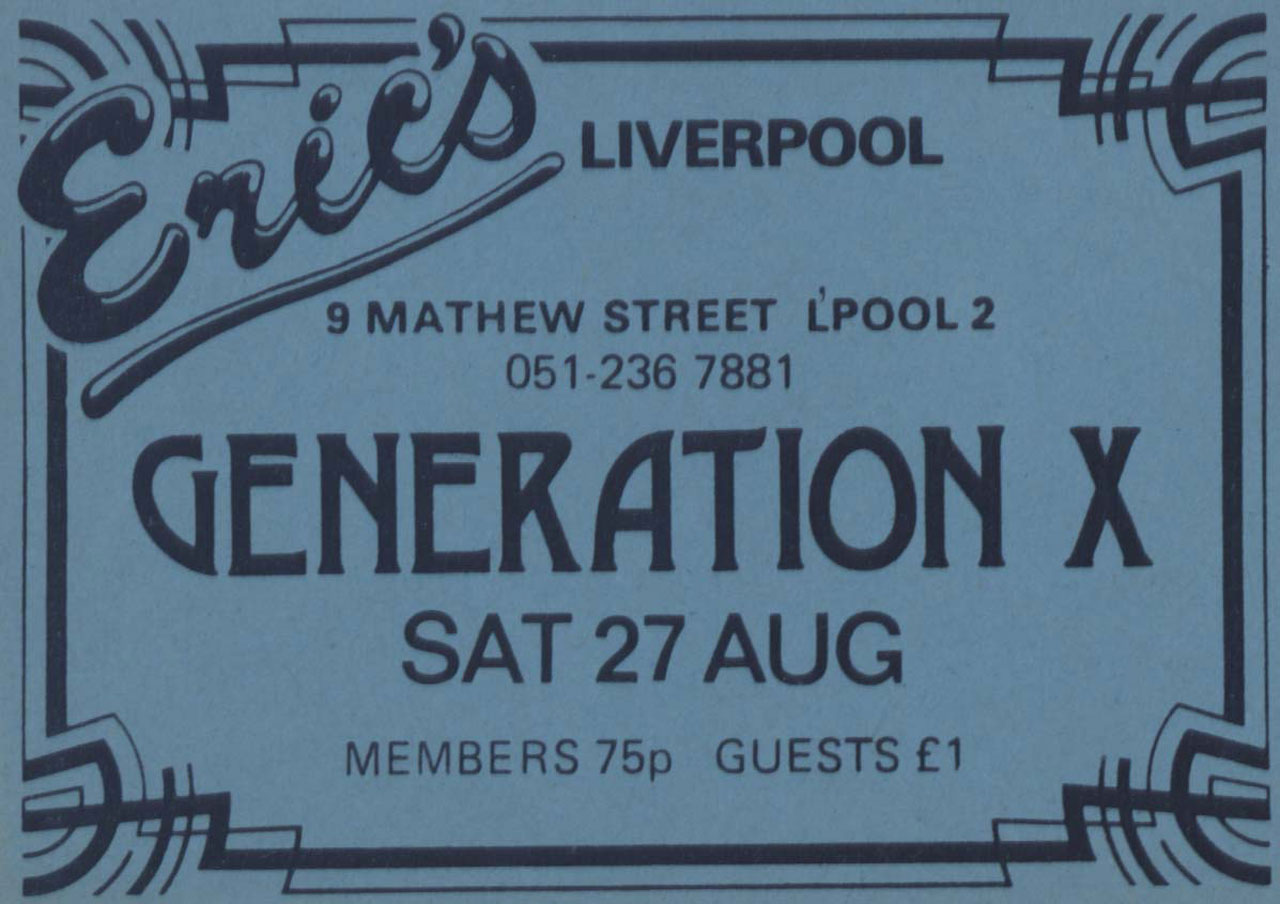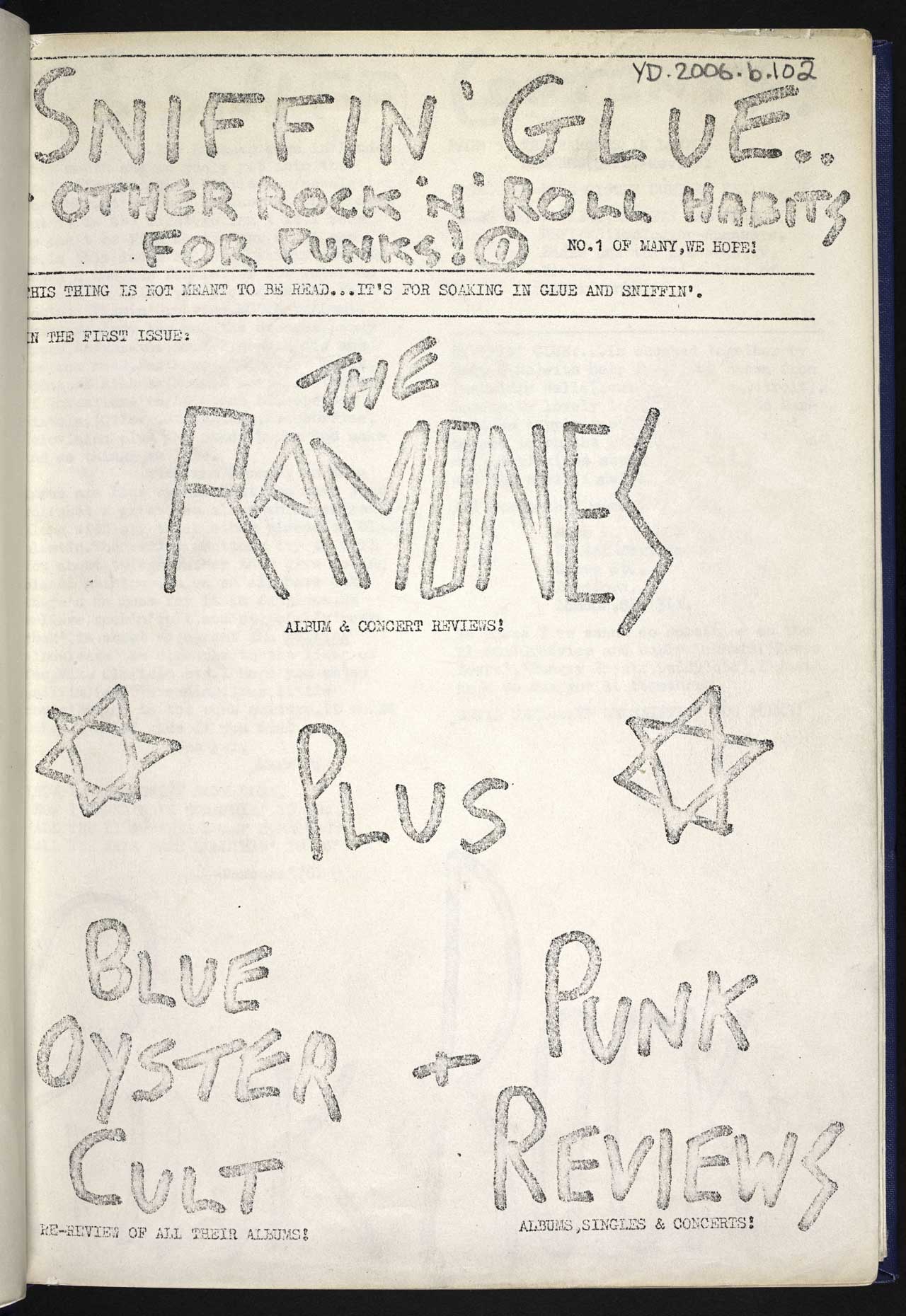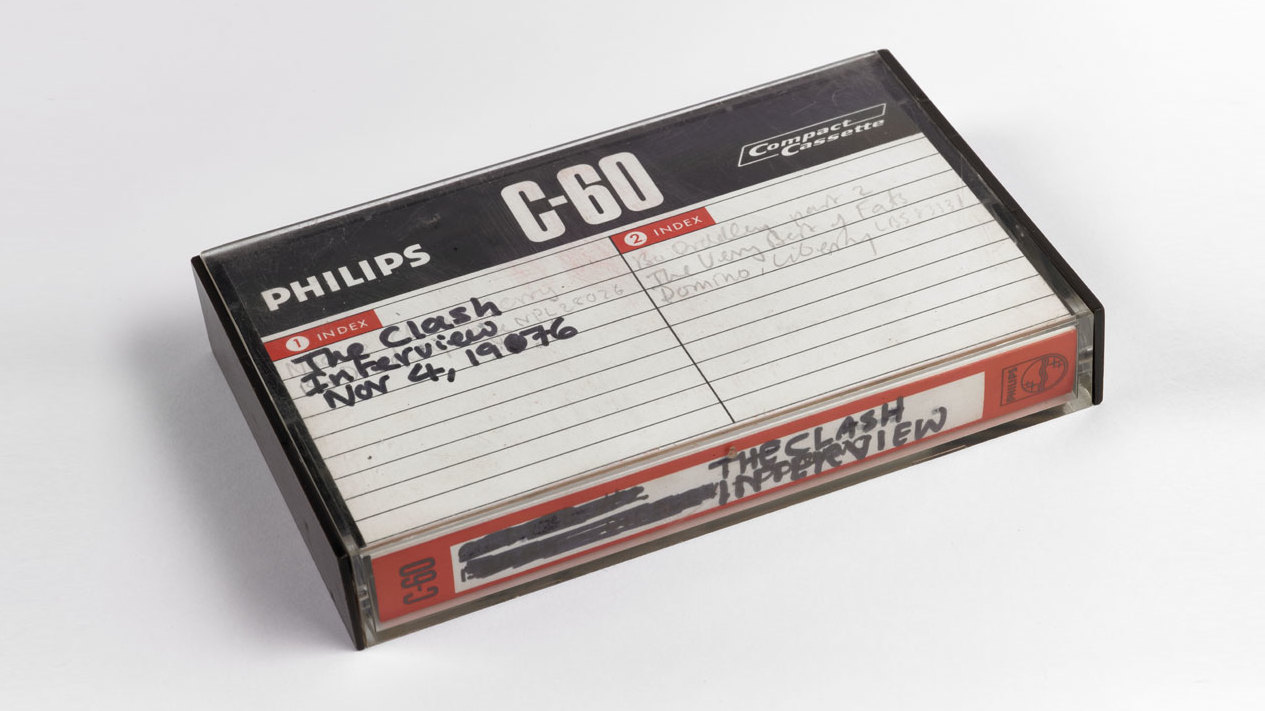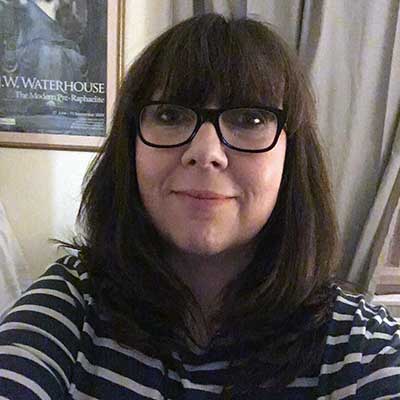A free exhibition called Punk 1976-78 launches Friday May 13 at the British Library in Euston. Put together by the Library’s curators Andy Linehan (Popular Music) and Steve Cleary (Literary and Creative Recordings), valuable additional material has come from Colin Fallows, Professor of Sound and Visual Arts at Liverpool John Moores University and England’s Dreaming author Jon Savage, among others. The display forms part of the year-long Punk London event, exploring the movement’s influence on the capital, with gigs, screenings, talks and displays running across the city until mid-2017.
A sneak preview for Classic Rock took in the concise but authoritative collection, starting with a timeline of political and cultural context before UK punk’s Big Bang is writ large as a Pete Frame Family Tree illustration. Originally published in ZigZag magazine, this shows the shoots that grew from the group London SS that became The Clash, Damned, Generation X and The Slits – and worth a look to learn more about the charmingly named Bastard and Rot.
The focus next settles on Sex, Vivienne Westwood and Malcolm McClaren’s clothes King’s Road shop, with a pillowcase ‘agenda’ T-shirt designed by future Clash manager Bernie Rhodes, plus snaps of soon-to-be-all-over Top Of The Pops staff members such as The Pretenders’ Chrissie Hynde and McLaren’s first print appearance, in Street Life magazine, under the heading ‘Would You Buy A Rubber T-shirt From This Man?’

Sex Pistols are naturally at the heart of this, and for the first time all five members’ signatures can are on view in public on the contract that removed Glen Matlock as bassist and replaced him with John Beverley, aka Sid Vicious. There’s also original artwork for God Save The Queen by Jamie Reid, their 1977 front cover on Investor’s Review who declared them Young Businessmen Of The Year for their great rock’n’roll swindling, and an early set list, showing the influence of The Stooges and British mod pop. Later, there are rare Pistols singles, fanzines and promo for the tour that never happened, Anarchy In The UK, featuring The Damned, Clash and Johnny Thunders And The Heartbreakers – hastily cancelled after that appearance on Bill Grundy’s Today show.
Screenings and audio include the Today stunt that made them household names and Gina Birch’s Women In Punk interviews, and diaries from Bromley Contingent lynchpin Berlin add a personal perspective next to posters and tickets from Eric’s in Liverpool and from London’s first punk club, The Roxy, a collision point for fledgling talent that livened up the then down-at-heel Covent Garden.

Examples from Jamie Reid’s Suburban Press publishing project show his anarchist roots, and the US wave get a look-in via Ramones, Stooges, Johnny Thunders and Punk magazine. Rat Scabies’ well-loved leather jacket – made by Lewis Leathers and quite the status symbol at the time because of its cost – is protected in an upright case, surely prevented from crumbling to dust. Next to it are mementos from 1978’s ground-breaking Rock Against Racism event, and adjacent to that, the shape of the DIY/indie ethos to come with the first self-released record, Buzzcocks’ Spiral Scratch EP, and John Peel’s own 7-inch copy of his favourite single, The Undertones’ Teenage Kicks.
The penultimate display case holds rare fanzines from the time – Strangled, Sniffin’ Glue, Ripped & Torn. Writers who created these became the torchbearers for the scene at publications such as Sounds – under CR’s own Kris Needs, ZigZag became the flagship read for any discerning punk fan. But the Holy Grail here is the issue of Sideburns – the only full copy in existence, on loan from editor Tony Moon – with the page that became a legendary rallying cry, ‘Here’s three chords, now form a band’.

Finally, across a back wall, there are 100 singles, arranged chronologically from Ramones’ Blitzkreig Bop in February ’76 to Factory Records’ first 7-inch from December 1978, A Factory Sample, featuring Joy Division. Some names are unfamiliar (whatever happened to The Tights?) while many are staples of any decent punk comp, or just strangely enduring pop songs - albeit sweary, abrasive ones.
The exhibition has taken Linehan, Cleary and co a year to put together and, although they admit it could have been much bigger – CR certainly wanted to absorb more of everything, and a move to anti-glare glass would be a good one in this skylighted room – space was a limitation and they wanted the exhibition to remain free.
“The idea of this is for anyone and everyone to drop in and see it, learn something from it,” says Linehan. “I was a teenager when punk was happening and it was extremely influential to my life. Now it’s there to inspire whoever else might discover it.”
Punk 1976-78 runs until October 2. It will be augmented by a schedule of talks, including Bernie Rhodes, Buzzcocks, The Damned, Viv Albertine and An Evening With John Lydon (his only live interview this year). There’s also a pop-up Punk shop. For more information, visit the exhibition website.

